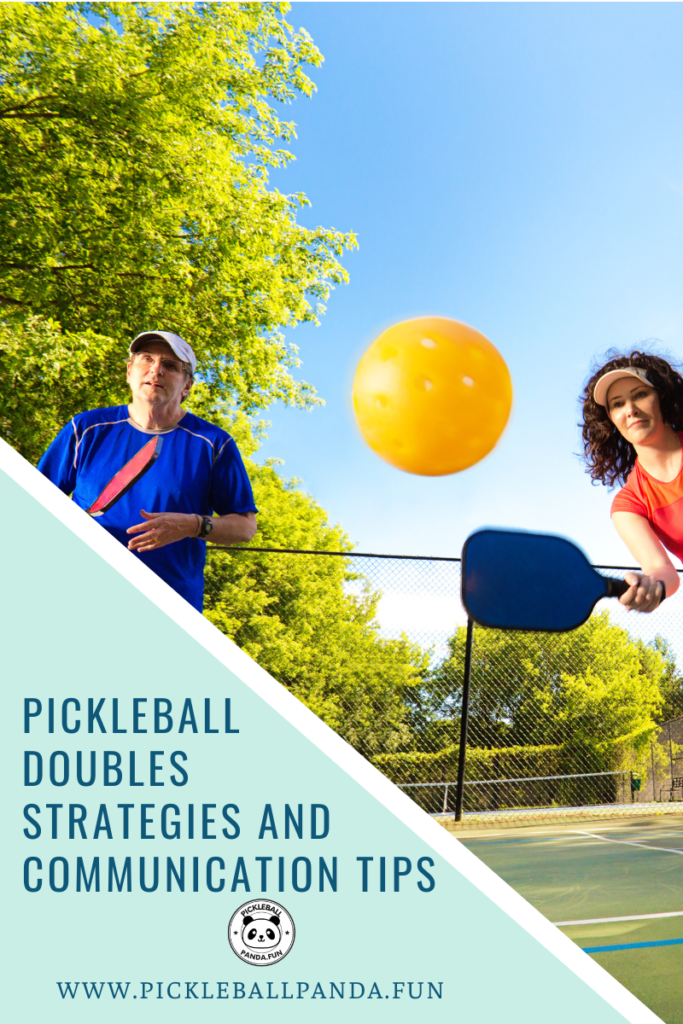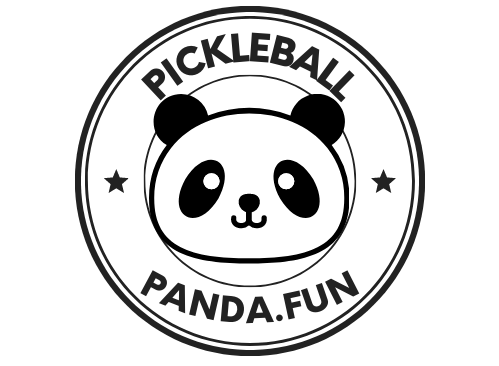
Pickleball Doubles Strategies and Communication Tips
Pickleball doubles is an exciting and fast-paced sport that requires effective strategies and clear communication between teammates to achieve success on the court. In this article, we will explore various strategies and communication tips that can help you elevate your pickleball doubles game. Whether you are a beginner or an experienced player, these insights will enhance your understanding and performance in this popular sport.
Outline
- Introduction
- Importance of Strategies in Pickleball Doubles
- Offensive Strategies, Serve and Return Strategies, Dinking Strategies, Lobbing Strategies
- Defensive Strategies, Positioning and Coverage Strategies, Blocking Strategies, Poaching Strategies
- Communication Tips for Pickleball Doubles,. Clear Verbal Communication, Non-Verbal Communication, Establishing Signals and Codes
- Conclusion
- FAQs, How important is communication in pickleball doubles?. What are some common hand signals used in pickleball doubles? Can you provide tips for effective positioning in pickleball doubles? How can I improve my serve and return in pickleball doubles? 7.5. Are there any drills to enhance communication skills in pickleball doubles?
Introduction
Pickleball doubles is a dynamic sport that combines elements of tennis, badminton, and table tennis. It is played with two teams, each consisting of two players, who compete against each other on a smaller court using paddles and a plastic ball. To excel in pickleball doubles, it is essential to develop effective strategies and maintain open communication with your partner.
Importance of Strategies in Pickleball Doubles
Having a well-defined strategy is crucial in pickleball doubles as it helps you anticipate your opponent’s moves, control the pace of the game, and exploit weaknesses in their play. By employing the right strategies, you can maximize your chances of winning points and ultimately the match.
Offensive Strategies
Serve and Return Strategies
The serve is a critical aspect of pickleball doubles, and using strategic serves can give you a competitive edge. Opt for a serve that puts your opponents under pressure, such as a deep serve or a low bouncing serve. If the service is strong and there is a weak return, the third shot is one of the most vital and difficult shots of the game. This is a great time to communicate if you want to drive the third and look for a pop up on the fifth shot. If the partners communicate and proform this strategy, it can be very effective.
Dinking Strategies
Dinking refers to hitting the ball softly over the net, usually in a drop shot style, with the objective of forcing your opponents into making mistakes. Employing dinking strategies involves placing the ball accurately in the kitchen or at the feet of your opponents, making it challenging for them to return the shot effectively. Communiating with your partner what opponent you should concentrate your dinking on and what areas of the court. Moving your opponents and deep agressive dinking will keep your opponents off balance. An aggressive dink to the outside kitchens opens up opportunities to pin your opponent into dinking straight ahead. This will give your team a chance to jump the corner and volley over the kitchen line, called an Ernie. Your partner will need to cover your middle of the court.
Lobbing Strategies
Lobbing is a strategy used to counter aggressive opponents or to regain control of the rally. By hitting a high-arcing shot that goes over your opponents’ heads and lands deep in their court, you can force them to retreat and give yourself time to reposition or regain control of the point.
Defensive Strategies
Positioning and Coverage Strategies
Proper positioning and court coverage are essential defensive strategies in pickleball doubles. By maintaining a good court position, you can effectively cover your side of the court and be prepared for your opponents’ shots. This includes splitting the court with your partner, covering the middle, and adjusting your position based on the situation.
Blocking Strategies
Blocking is a defensive technique used when your opponents are hitting aggressive shots. By holding your paddle in front of you and angling it to redirect the ball back to your opponents, you can neutralize their powerful shots and regain control of the rally.
Poaching Strategies
Poaching involves moving quickly and intercepting shots intended for your partner. It is a way to block up the middle of the court and help your partner approach the kitchen line. It requires anticipation and communication to determine the right moments to poach successfully. By poaching effectively, you can surprise your opponents and put them on the defensive. It is most often done on the 4th shot after the serve.
Communication Tips for Pickleball Doubles
Clear and effective communication is the key to successful pickleball doubles. By establishing good communication with your partner, you can coordinate your moves, make split-second decisions, and avoid confusion or collisions on the court.
Clear Verbal Communication
Using verbal cues and calls can help you and your partner understand each other’s intentions during the game. Communicate clearly and concisely by calling out “mine” or “yours” to indicate who should take the shot or make a play. Additionally, encourage each other and provide feedback to boost morale and maintain focus.
Non-Verbal Communication
In addition to verbal communication, non-verbal cues can also play a significant role in pickleball doubles. Maintain eye contact with your partner to convey your intentions and readiness. Use subtle hand signals or gestures to indicate your movement or the type of shot you plan to play. Hand signs are normally done when partners are switching sides of the court on service return. The partner not returning the serve at the kitchen line will make an open or closed fist. Closed hand means they will not switch sides and open means the are switching sides. Once in a while you will see a one, meaning to drive it down the middle.
Establishing Signals and Codes
Developing specific signals or codes with your partner can enhance your communication on the court. For example, you can agree on hand signals for different shots or movements, allowing you to communicate silently without giving away your intentions to your opponents.
Conclusion
In conclusion, pickleball doubles requires effective strategies and clear communication to excel. By implementing offensive and defensive strategies tailored to your playing style, you can gain an advantage over your opponents. Additionally, maintaining open communication with your partner through verbal and non-verbal cues will enhance your coordination and decision-making abilities on the court.
FAQs
1. How important is communication in pickleball doubles?
Communication is vital in pickleball doubles as it enables you and your partner to coordinate your movements, make split-second decisions, and avoid collisions. Clear communication enhances teamwork and helps you respond effectively to your opponents’ shots.
2. What are some common hand signals used in pickleball doubles?
Common hand signals in pickleball doubles include pointing to indicate who should take a shot, making a fist to indicate a drive shot, and extending an open palm to signal a dink shot. These signals allow players to communicate silently without disrupting the flow of the game.
3. Can you provide tips for effective positioning in pickleball doubles?
To improve your positioning in pickleball doubles, remember to split the court with your partner, cover the middle, and adjust your position based on the situation. Maintain good court awareness and anticipate your opponents’ shots to be in the right position to respond.
4. How can I improve my serve and return in pickleball doubles?
To improve your serve, practice different types of serves, such as deep serves and low bouncing serves, to keep your opponents off balance. When returning, focus on accuracy and placement, aiming for areas that are difficult for your opponents to attack.
5. Are there any drills to enhance communication skills in pickleball doubles?
Yes, there are drills that can improve communication in pickleball doubles. One effective drill involves playing with your partner using only non-verbal communication, relying solely on cues, signals, and eye contact. This exercise sharpens the ability to understand each other without relying on verbal communication. Another beneficial drill is practicing scenarios where you and your partner need to quickly switch positions or execute specific shots. This helps develop a strong sense of anticipation and synchronization, leading to better communication on the court.
For more great tip on Pickleball go to www.PickleballPanda.Fun
